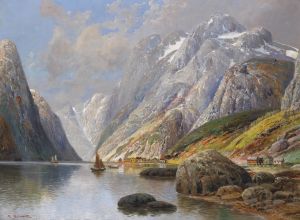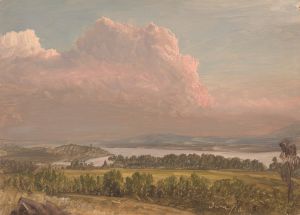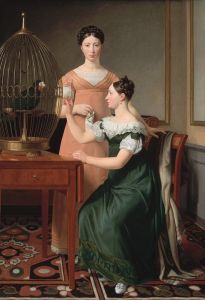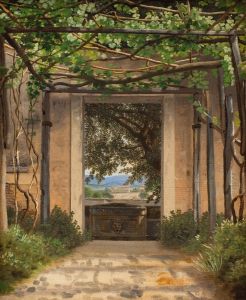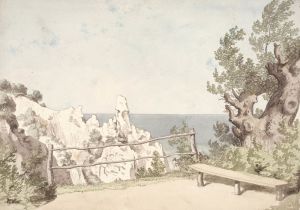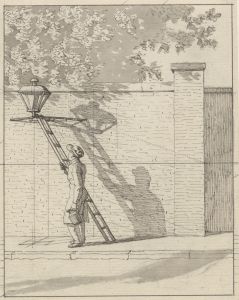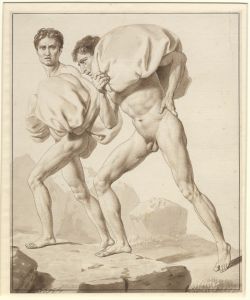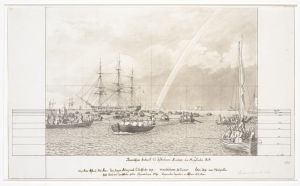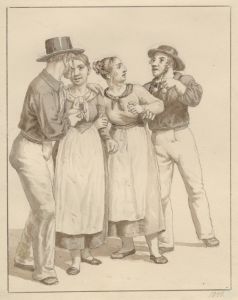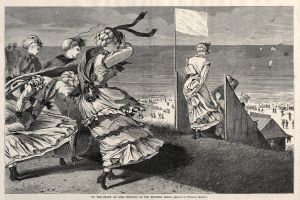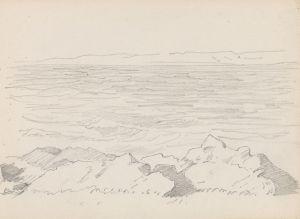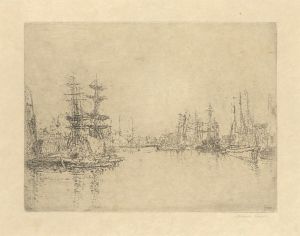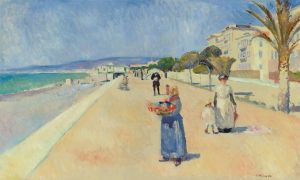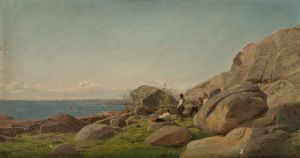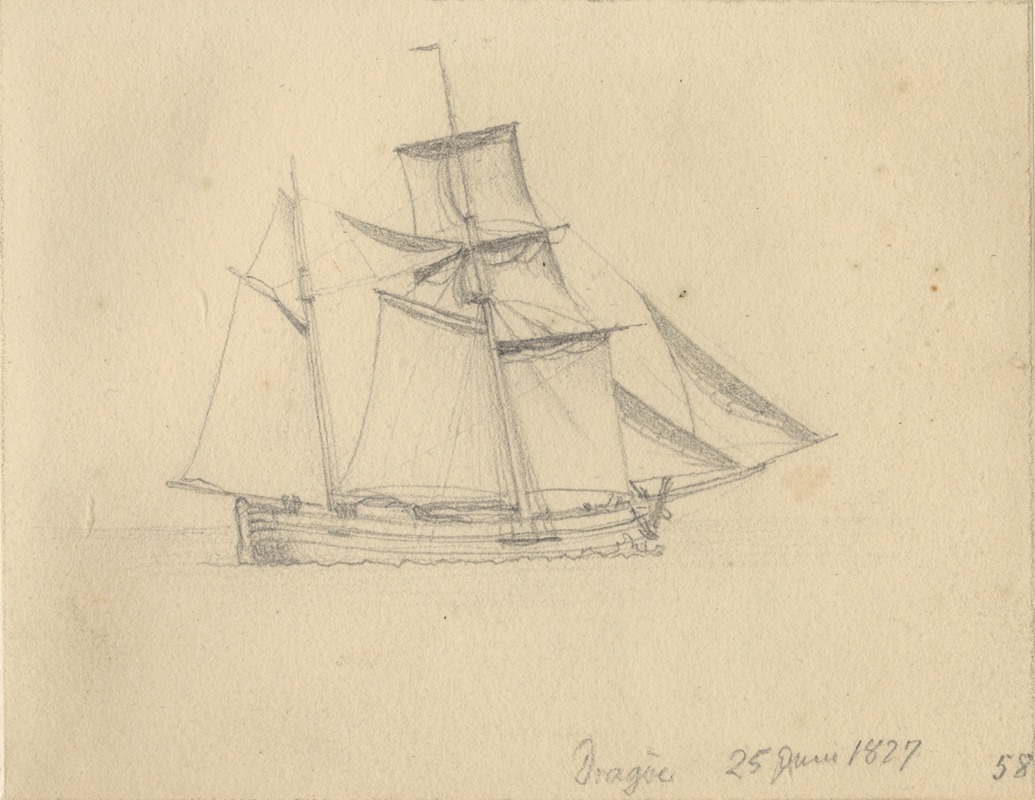
En Kuf
A hand-painted replica of Christoffer Wilhelm Eckersberg’s masterpiece En Kuf, meticulously crafted by professional artists to capture the true essence of the original. Each piece is created with museum-quality canvas and rare mineral pigments, carefully painted by experienced artists with delicate brushstrokes and rich, layered colors to perfectly recreate the texture of the original artwork. Unlike machine-printed reproductions, this hand-painted version brings the painting to life, infused with the artist’s emotions and skill in every stroke. Whether for personal collection or home decoration, it instantly elevates the artistic atmosphere of any space.
Christoffer Wilhelm Eckersberg, often referred to as the "father of Danish painting," was a prominent Danish artist and professor who played a significant role in the development of the Danish Golden Age of art. Among his many works, the painting titled En Kuf is one of his lesser-known pieces. However, detailed information about this specific artwork is scarce.
Eckersberg was known for his meticulous attention to detail and his ability to capture light, perspective, and atmosphere in his works. He was deeply influenced by his studies in Paris under Jacques-Louis David and his travels to Italy, where he honed his skills in landscape and maritime painting. Many of his works reflect his fascination with the natural world and his dedication to realism.
The title En Kuf translates to "A Ketch" in English, referring to a type of two-masted sailing vessel. Eckersberg had a particular interest in maritime subjects, and ships frequently appeared in his paintings. His depictions of ships were often characterized by their precision and accuracy, reflecting his deep understanding of naval architecture and his ability to render the interplay of light and water.
While specific details about En Kuf are not readily available, it is likely that the painting showcases Eckersberg's mastery of maritime themes. His ship paintings often combined technical accuracy with an artistic sensibility, capturing the elegance of the vessels and the dynamic nature of the sea. These works were not only artistic achievements but also valuable historical records of the ships and maritime culture of his time.
Eckersberg's influence extended beyond his own works, as he was a highly respected teacher at the Royal Danish Academy of Fine Arts. Many of his students, including notable artists such as Wilhelm Marstrand and Christen Købke, carried forward his legacy and contributed to the flourishing of Danish art in the 19th century.
In summary, while En Kuf by Christoffer Wilhelm Eckersberg is not widely documented, it can be understood within the broader context of his oeuvre, which often celebrated maritime themes with a focus on precision and naturalism. Further research into this specific painting would be required to provide more detailed insights.





